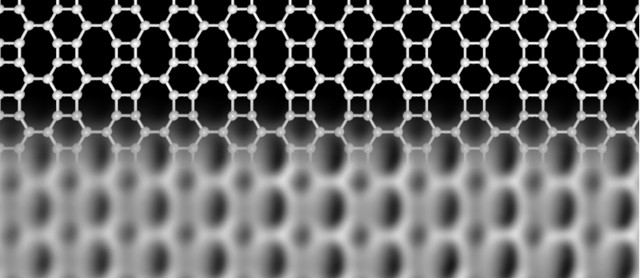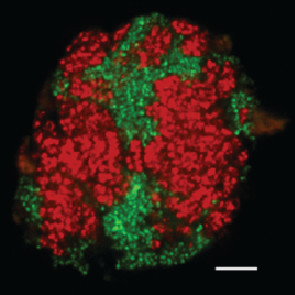
Biphenylene sheets show great potential for electronic applications
An article published in the journal “Science” reports the production of sheets as thick as one atom of biphenylene, also confirming that the material has metallic properties, a feature that was theorized but not proven so far. A team of researchers created an ordered lattice made up of squares, hexagons, and octagons. This structure reminds in various ways graphene sheets, a material that for years has been considered very interesting for many possible applications but is still complex to produce at an industrial level at low costs. For some applications, such as an anode material in lithium-ion batteries, biphenylene networks might be better than graphene.





